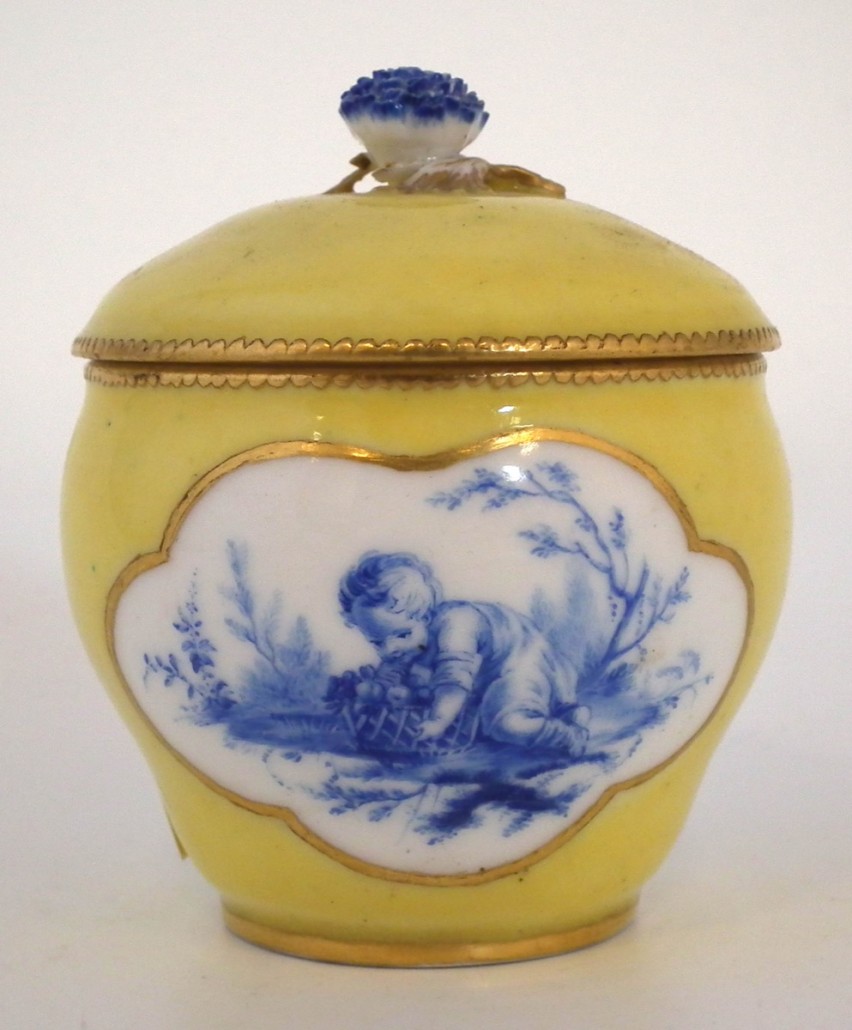
LONDON – When an old sugar bowl estimated to fetch for £150-£250 sells for £45,000 (plus 20 per cent buyer’s premium) it’s time to find out why. So, this week’s column is all about porcelain made by the Sèvres company, founded in 1738, although the sucrier, to give the bowl its more appropriate French name, came from the Vincennes factory. Read on, all will become clear.
But first the sugar bowl. It subsequently emerged that its “jonquille” (daffodil yellow) is the rarest of all other early Vincennes background colors and only around 30 examples of its type are still around today – hence the price.
It was made in what the specialists call soft-paste porcelain, not hard-paste, which at the time was being produced only in China where the secret of how to produce it had been discovered centuries earlier.
The vignettes of cherubs in underglaze monochrome blue, known as camaïue bleu, on either side of the sucrier were inspired by an engraving by the celebrated French artist François Boucher (1703-1770) and on the base of the bowl were factory marks for 1753 and the artist André Vincent Vielliard (1717-1790) a known painter of cherub and bird decoration at both Vincennes and Sèvres.
It’s easy to be clever after the event, but that’s the joy of auctions: there’s no upper limit to the price an object can fetch. Given the global reach of salerooms in these days of online catalogs and realtime bidding, little goes unnoticed.
It is worth doing some homework, though. See the sucrier at a Saturday collectors’ fair or car boot sale and it could be easily overlooked.
The only true hard-paste white porcelain produced in the world prior to about 1710 was being made in China. When the East India Company began importing it to the West, royalty and connoisseur collectors went wild for it.
Augustus the Strong, Elector of Saxony and King of Poland (1670-1733) spent so much on it, for example, one commentator described China as “the bleeding-bowl of Saxony.” When the alchemist Johann Friedrich Böttger (1682-1719) claimed he could make gold from base metal, Augustus saw a way to fund his hobby. He locked him in his castle and all but threw away the key.
Vast sums were invested in the get rich scheme but every experiment failed, although Böttger did succeed in cracking the secret of how to make porcelain – “white gold.” Augustus was both relieved and delighted. He founded his Meissen porcelain factory at the Albrechtsburg Castle on June 2, 1710, and the business continues today.
Sèvres is Europe’s other great porcelain-maker, although production began with experiment and research at a royal château at Vincennes on the outskirts of Paris, founded in 1738. Brothers Gilles and Robert Dubois claimed to have learned the technique while working at the Chantilly factory, but despite royal funding, they failed, their claims proving false.
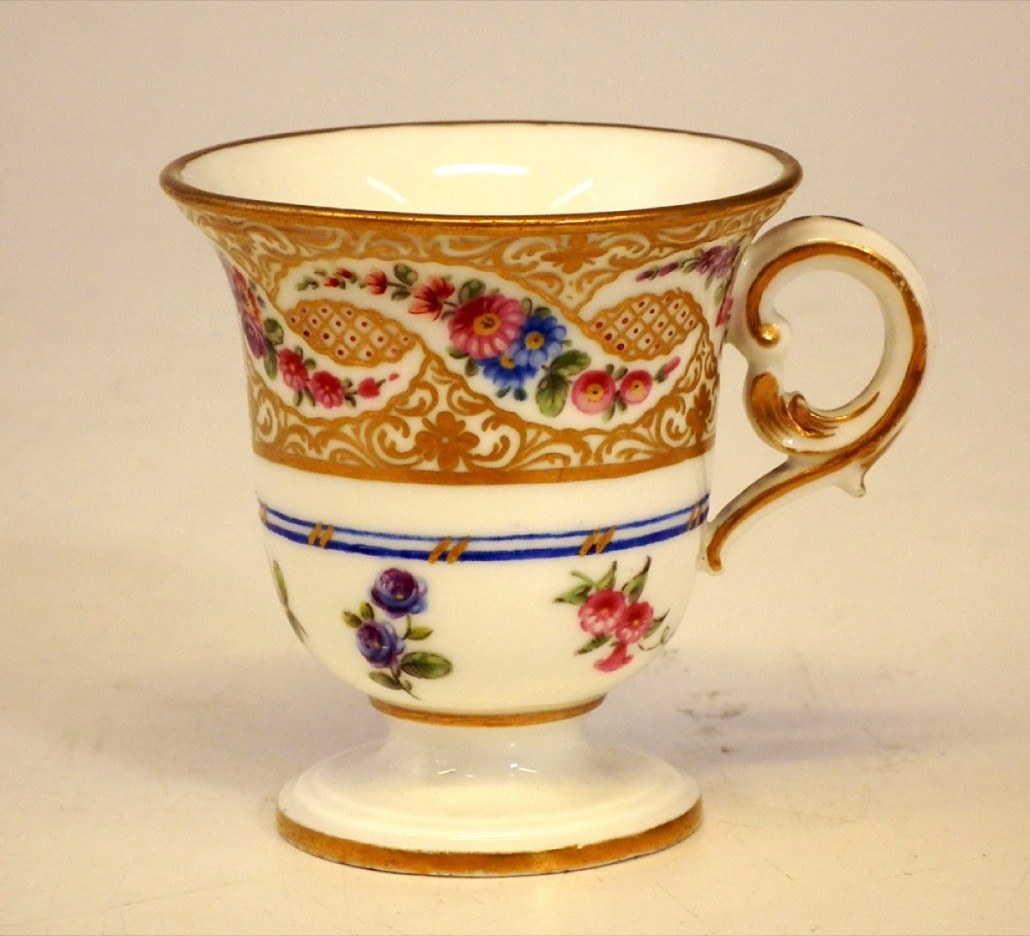
Francois Gravant, another Chantilly worker, replaced them in 1745 and success followed. The company received official recognition, allowing the Vincennes factory to use the fleur-de-lis and the monogram of King Louis XV, the double “L” as its mark.
The old château soon became unable to cope with the workload so in 1756, and at huge expense, plant and workers were transferred to a massive new factory at Sèvres, located strategically near to its most important patron, Madame de Pompadour, who lived at Château de Bellvue, between Paris and Versailles.
It was a wise move. Unable to absorb the cost, in 1759 an appeal to King Louis resulted in him purchasing the factory, which he continued to subsidize heavily from the royal exchequer until his death in 1774.
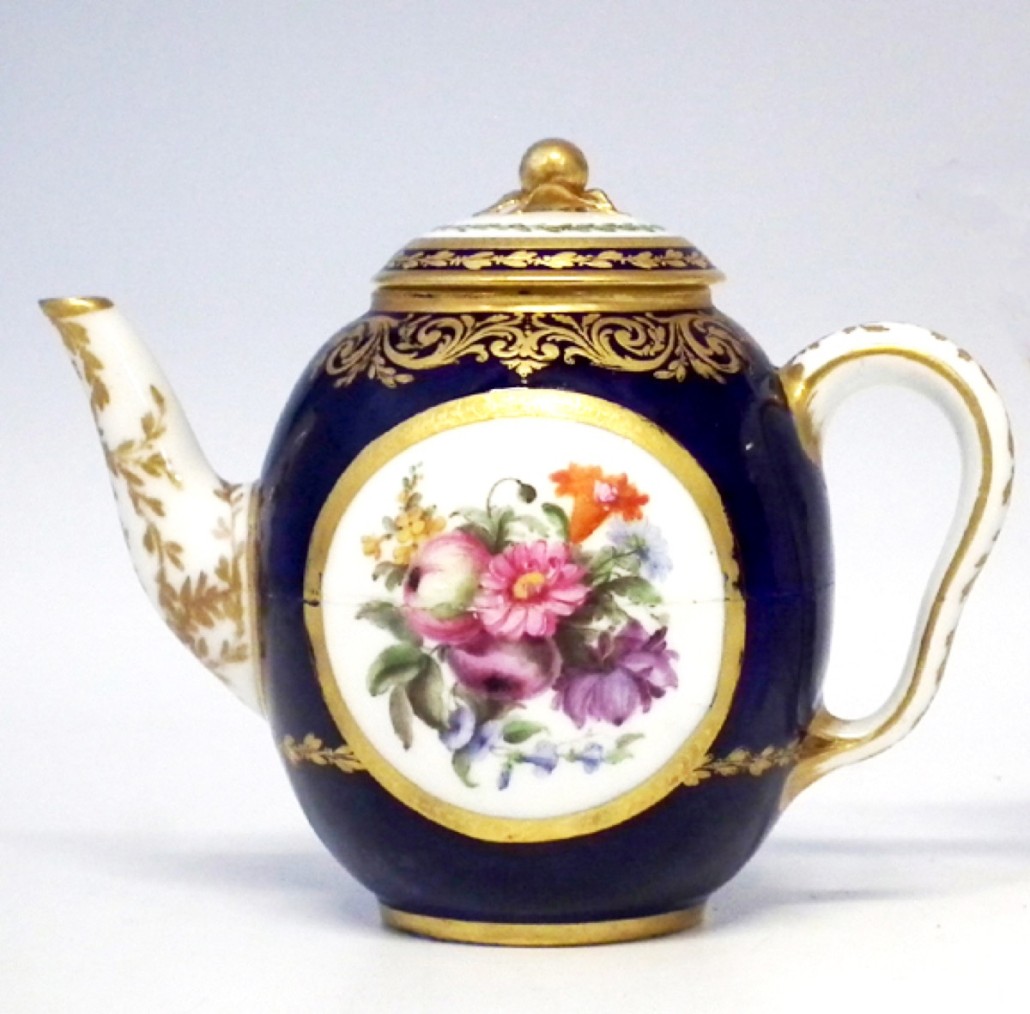
The Sèvres factory was a source of national pride among the French. Production was centered on the magnificent, limited only by the cost to the customer, while lesser products that might have brought in steady revenue were sidelined.
The cost of maintaining the factory was said to be four times its income, and Louis forfeited much of his silver plate to underwrite the business, replacing it with Sèvres porcelain. He was not without the guile of an entrepreneur, though.
In an attempt to undermine competition from other porcelain manufacturers, the king imposed import duties on Meissen and other non-French companies and also banned French factories from making sculpture and using gold and multicolored decoration, leaving Sèvres with a virtual monopoly in what it did best.
To promote sales, Louis held annual exhibitions in rooms at the Palace of Versailles, which he attended personally and acted not just as patron but also salesman. A retail shop under royal control, was also opened in Paris on the appropriately named Rue de la Monnaie.
Collectors regard this period under royal ownership to be the factory’s golden period of production. Striking design was combined with equally striking color and richly ornate gilding that attracted attention from the crowned heads of Europe and beyond.
French porcelain was particularly sought after in Russia. In 1788, the Empress Catherine II ordered a 740-piece service decorated with her monogram, while in the UK, George III began what is now the most magnificent and priceless collection in the world, later extended by George IV during the 1820s and housed today at Buckingham Palace.
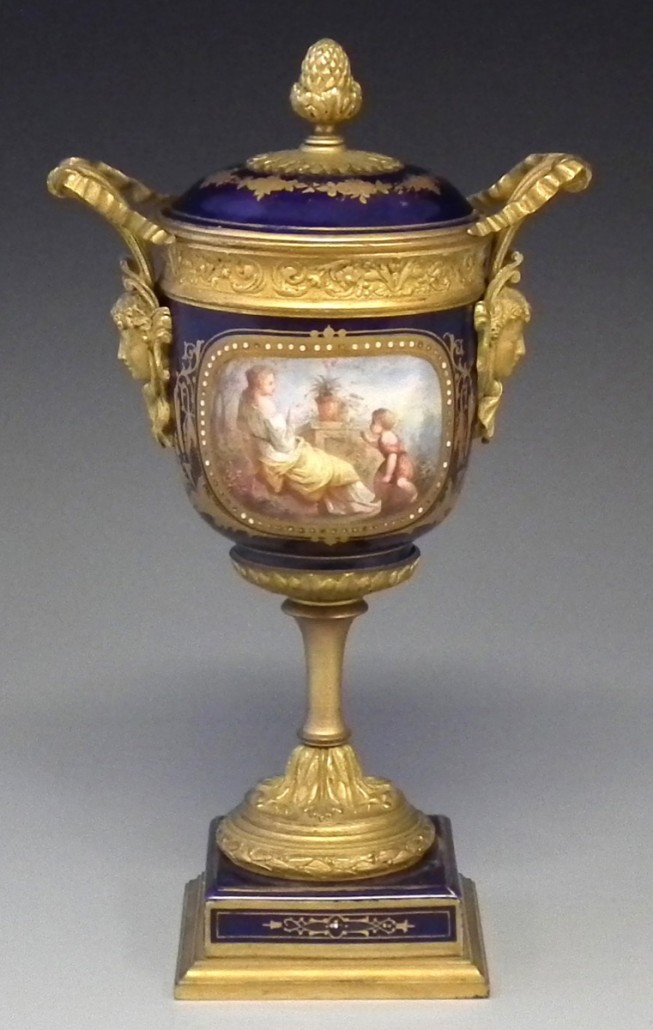
Bad management after Louis’ death saw both production and quality decline, until 1793 and the fall of the monarchy, when the factory was taken over by the new revolutionary regime. Few pieces of any note were made during this period and the factory’s future looked in doubt at the start of the 19th century.
The turnaround came in 1800 with the appointment of a new administrator, Alexandre Brongniart (1770-1847) an engineer and scientist and the emergence of a new customer, Emperor Napoleon, who placed large orders, both for his own use and as diplomatic gifts. Enter the Empire period of French taste, which Sèvres embraced fully.
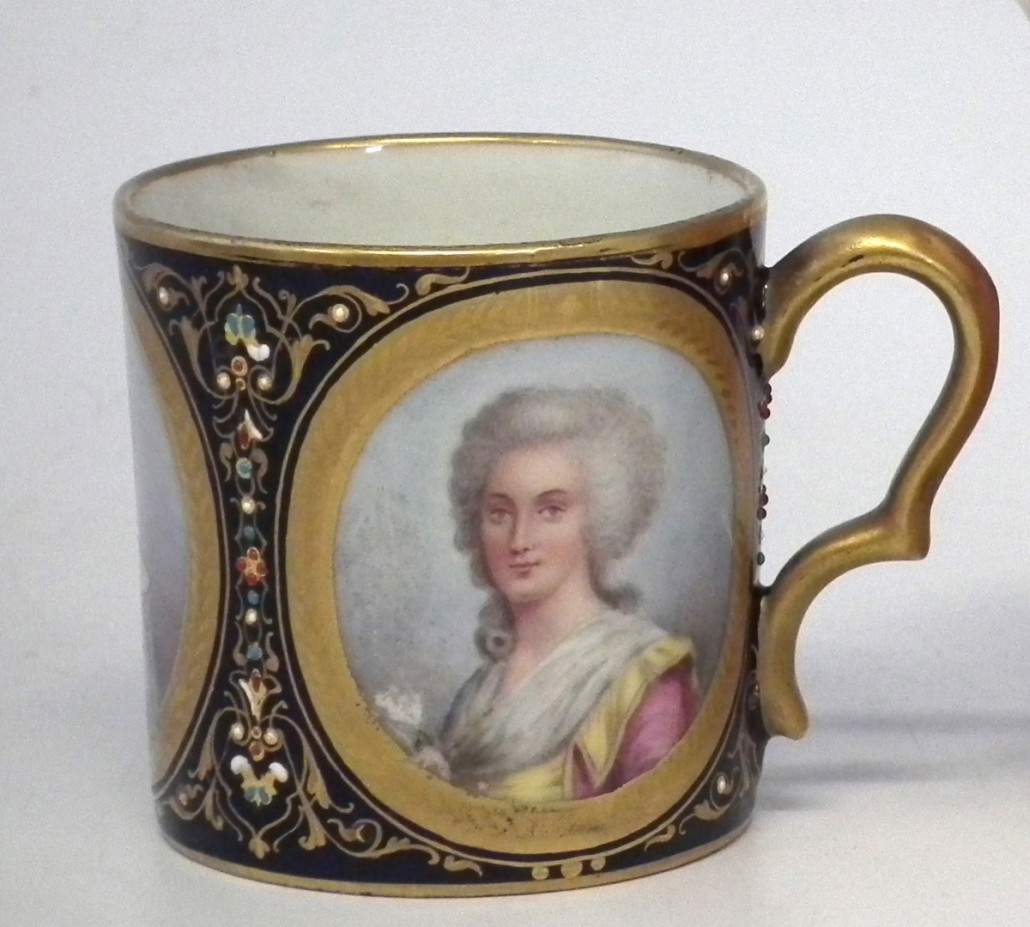
Under Brongniart, who remained at Sèvres until his death, old undecorated stock was sold off and new, more fashionable Neoclassical lines introduced. Soft-paste porcelain production was halted in 1804 to be replaced by hard-paste, which was cheaper to produce and resulted in less wastage, while new kilns were more efficient and cost-effective.
An enormous range of objects was produced in the 19th century – there were 89 different styles of teacup alone – but admittedly not currently fashionable. That means now is the time to buy, but the new collector should be wary. Just as Sèvres copied Meissen, so many lesser factories copied Sèvres, notably the firm founded by Edmé Samson (1810-1891).
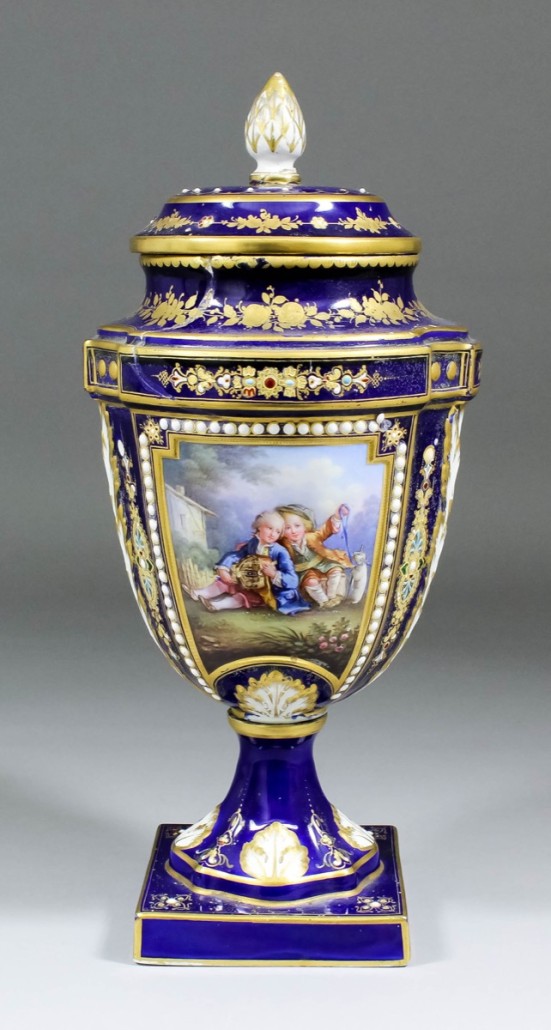
By the middle of the 19th century Samson’s Paris factory was producing porcelain imitations of all the major European factories, including Sèvres, Chelsea, Meissen and Derby, as well as Japanese Imari and the famous famille rose and famille vert styles produced in China between 1720 and 1790.
Buy from reputable dealers and auctioneers and understand that anything described as “Sèvres style” is not the real thing.
___
By CHRISTOPHER PROUDLOVE




